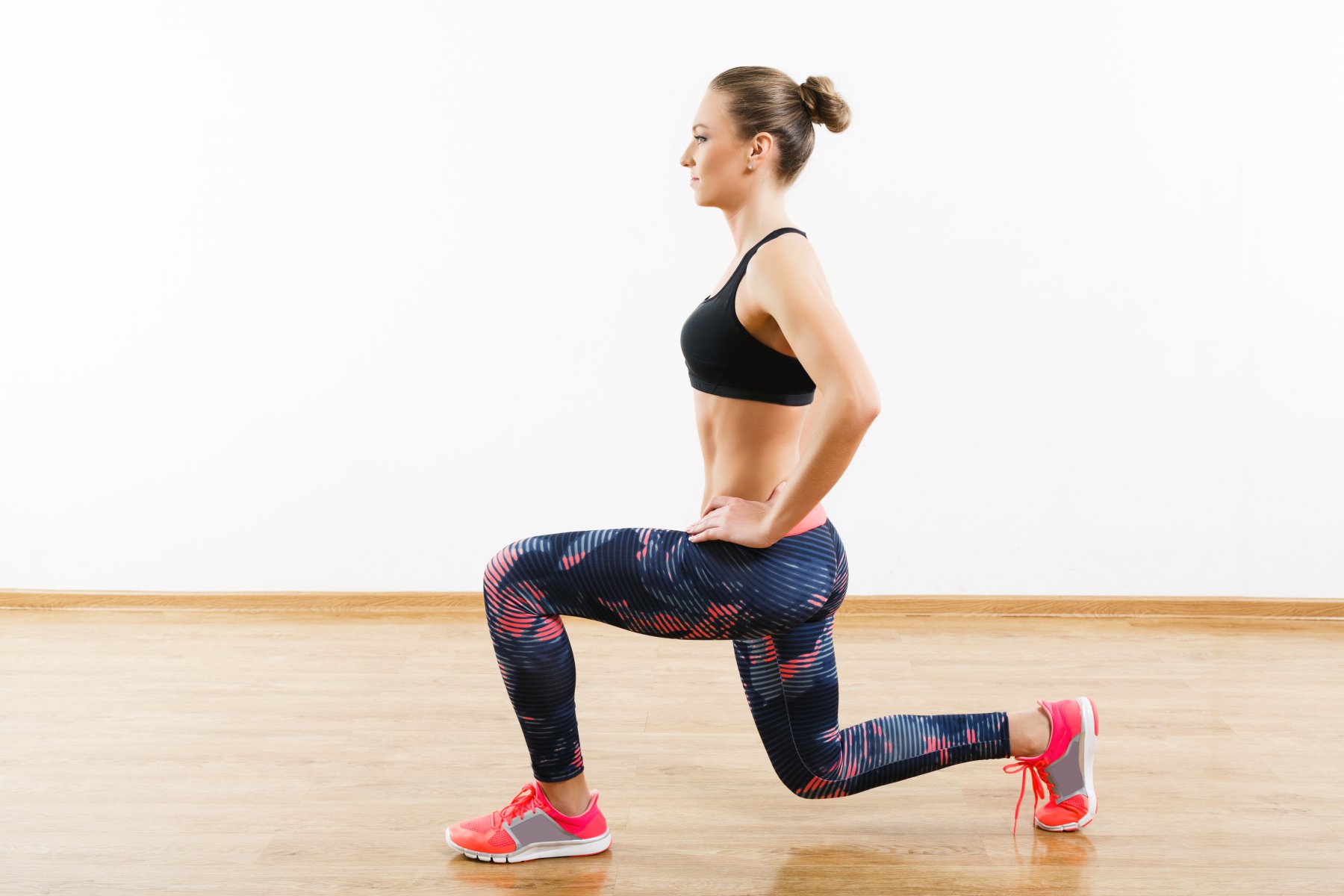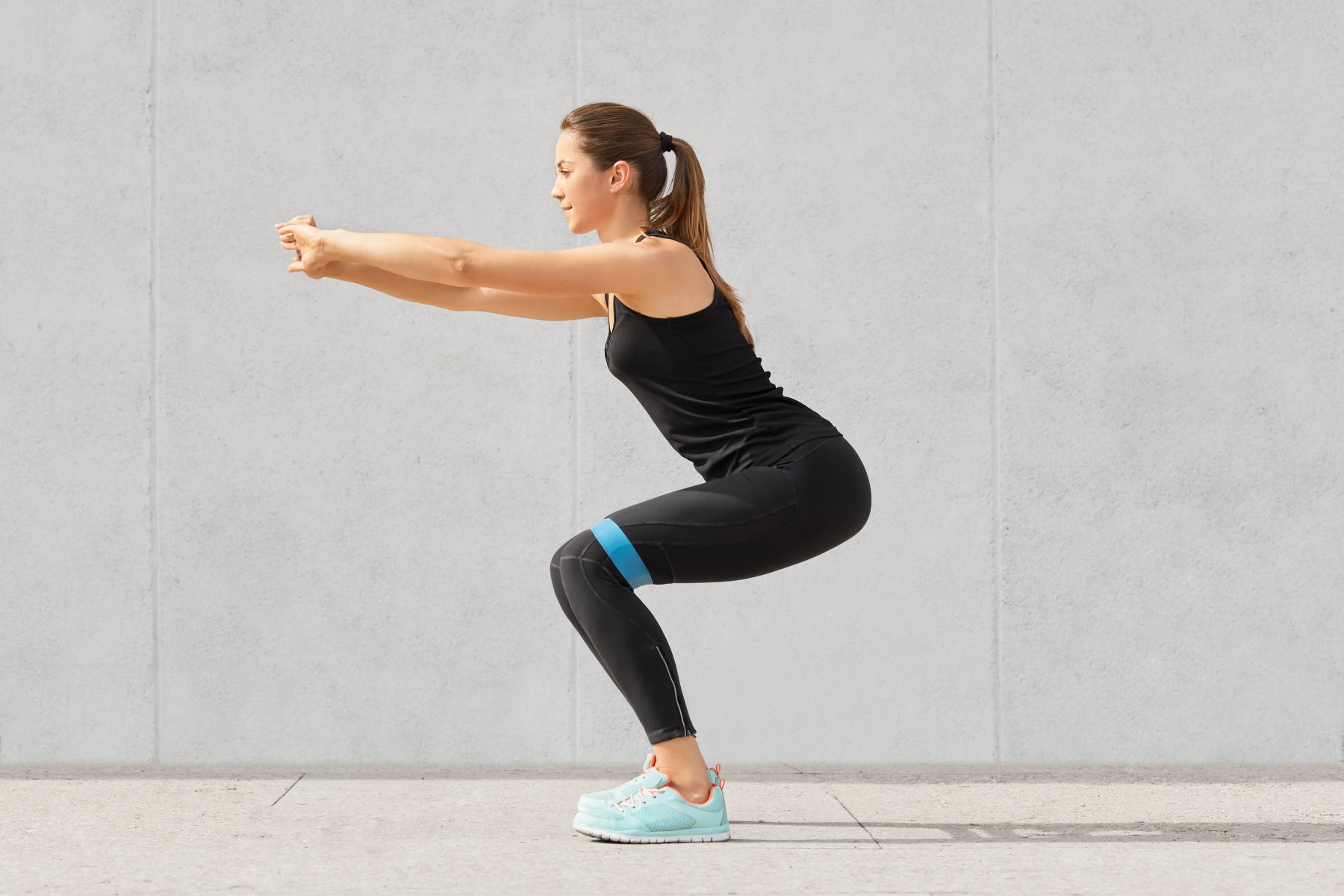Functional fitness training: Is it right for you?
Functional fitness exercises train your muscles to help you do everyday activities safely and efficiently.
Chances are you don’t live to exercise. For many people, exercise is a way to maintain or improve their quality of life. And that’s the focus of functional fitness.
Functional fitness exercises are designed to train and develop your muscles to make it easier and safer to perform everyday activities, such as carrying groceries or playing a game of basketball with your kids.
What is functional fitness training?
Functional fitness exercises train your muscles to work together and prepare them for daily tasks by simulating common movements you might do at home, at work or in sports. While using various muscles in the upper and lower body at the same time, functional fitness exercises also emphasize core stability.
For example, a squat is a functional exercise because it trains the muscles used when you rise up and down from a chair or pick up low objects. By training your muscles to work the way they do in everyday tasks, you prepare your body to perform well in a variety of common situations.
Functional fitness exercises can be done at home or at the gym. Gyms may offer functional fitness classes or incorporate functional fitness into boot camps or other types of classes. Exercise tools, such as fitness balls, kettle bells and weights, are often used in functional fitness workouts.

What are the benefits of functional fitness training?
Functional exercises tend to use multiple joints and numerous muscles. Instead of only moving the elbows, for example, a functional exercise might involve the elbows, shoulders, spine, hips, knees and ankles. This type of training, properly applied, can make everyday activities easier, reduce your risk of injury and improve your quality of life.
Functional exercise training may be especially beneficial as part of a comprehensive program for older adults to improve balance, agility and muscle strength, and reduce the risk of falls.
What are examples of functional fitness exercises?
Comprehensive physical movements found in activities such as tai chi and yoga involve varying combinations of resistance and flexibility training that can help build functional fitness.
Other examples of specific functional fitness movements that use multiple joints and muscles include:
Multi directional lunges
Standing bicep curls
Multi directional lunges help prepare your body for common activities, such as vacuuming and yardwork. To do a lunge, keep one leg in place and step out with the other leg — to the front, back or side — until your knee reaches a 90-degree angle and your rear knee is parallel to the floor.

Are functional fitness exercises for everyone?
If you haven’t exercised for some time or have health problems, it’s a good idea to check with your doctor before starting any new exercise program. Similarly, women who are pregnant should check with their doctors.
It’s also a good idea to start with exercises that use only your own body weight for resistance. As you become more fit and ready for more of a challenge, you can add more resistance in the form of weights or resistance tubing. Performing movements in the water is a low impact way of achieving functional exercise.

The functional fitness payoff
As you add more functional exercises to your workout, you should see improvements in your ability to perform your everyday activities and, thus, in your quality of life. That’s quite a return on your exercise investment.
At Theramotion Physical Therapy we offer a customized functional fitness program which is specific to your needs. Give us a call if you are interested in scheduling an appointment on 718.279.9800. Or visit us on our website to see more services we can offer you. https://www.theramotion.com
References:
Mayo Clinic : https://www.mayoclinic.org
Ofei-Dodoo S, et al. The impact of an active lifestyle on the functional fitness level of older women. Journal of Applied Gerontology. In Press. Accessed Aug. 1, 2016.
Gothe NP, et al. Yoga is as good as stretching-strengthening exercises in improving functional fitness outcomes: Results from a randomized controlled trial. Journals of Gerontology: Medical Sciences. 2016;71:406.
Schoenfeld B. Is functional fitness really functional? American College for Sports Medicine. ACSM’s Certified News. 2010;20:5. http://certification.acsm.org/files/file/CNews20_web.pdf. Accessed Aug. 6, 2016.
Garber CE, et al. Quantity and quality of exercise for developing and maintaining cardiorespiratory, musculoskeletal, and neuromotor fitness in apparently healthy adults: Guidance for prescribing exercise. American College of Sports Medicine position stand. Medicine & Science in Sports & Exercise. 2011;43:1334.
Lisman P, et al. Functional movement screen and aerobic fitness predict injuries in military training. Medicine & Science in Sports & Exercise. 2013;45:636.
Laskowski ER (expert opinion). Mayo Clinic, Rochester, Minn. Aug. 8, 2016.
Gudlaugsson J, et al. Effects of a 6-month multimodal training intervention on retention of functional fitness in older adults: A randomized-controlled cross-over design. International Journal of Behavioral Nutrition and Physical Activity. 2012;9:107.
Zhao Y, et al. Differences in functional fitness among older adults with and without risk of falling. Asian Nursing Research. 2016;10:51.
